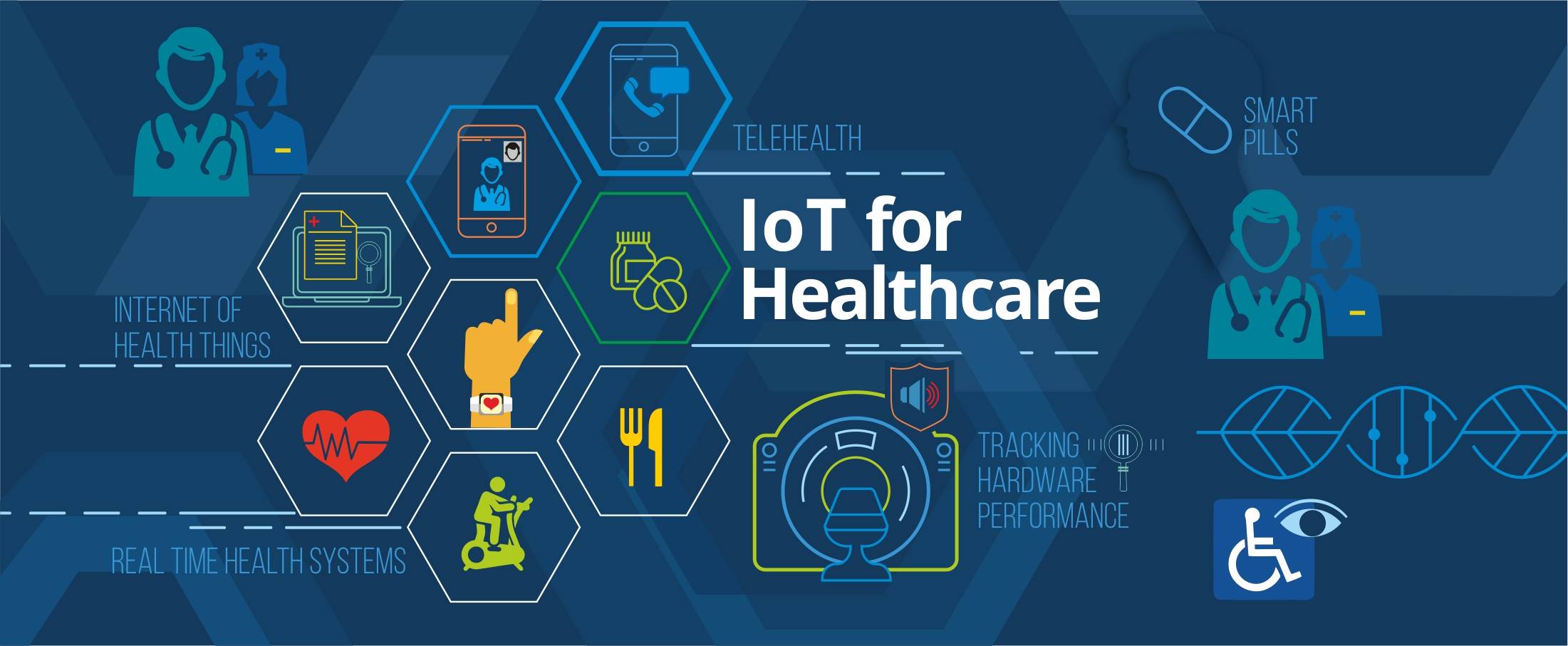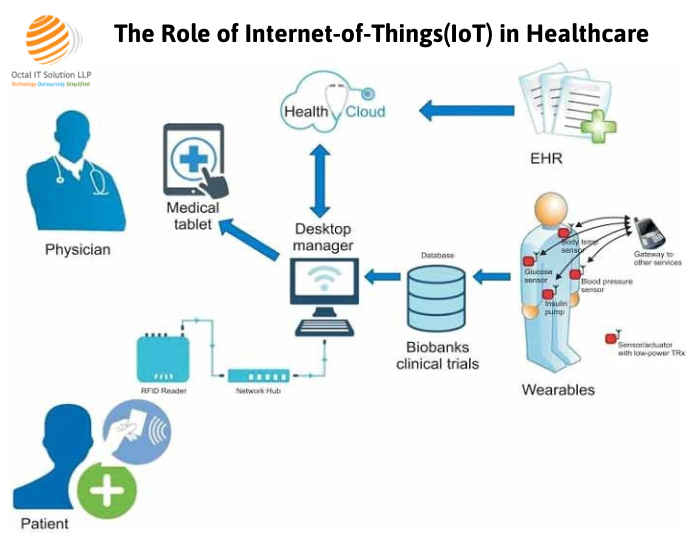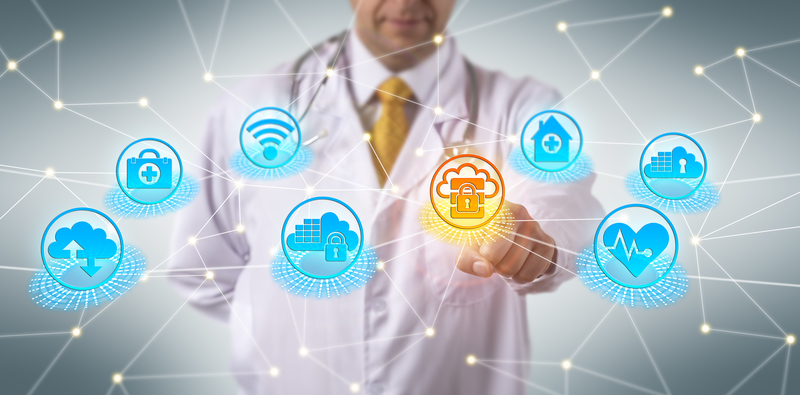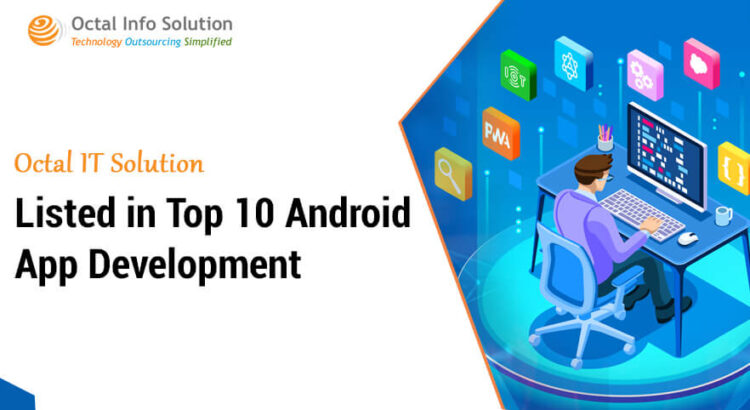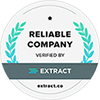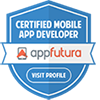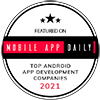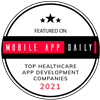Ever since IoT existed, it has hit its head in almost every industry – and it has made a huge difference in everything. In recent years, we have begun to recognize the benefits of technology in healthcare – and MIoT, or Medical Internet of Things, has been developing rapidly ever since. Let’s see where we are now.
The Internet of Things is not an unknown concept in health care – although it has not always been called that. In the past, there was a need for a number of data and medical conditions of the patient, which, of course, could be obtained through various means. However, with the advent of the Internet and greater access to patient information, there are greater opportunities and values in this data than we might think.
Currently, the three most important areas where IoT is already being used or experimented with are:
Elderly care:
It is extremely useful to be able to monitor the data of elderly patients not only directly but also remotely. There have been several examples of some disorders being uncovered thanks to a clever device that saved the patient’s life. In addition, it is a reassuring help to the doctors and nurses of people with dementia, who sometimes get lost or do not remember where they live, to always know where the patient is.
Data Collection and Processing:
The potential of Big Data should not be underestimated. With smart devices having access to more and more data (e.g. heart rate, ECG results), it is also becoming easier to draw conclusions from the data. This, in turn, will make it much easier to make diagnosis and prognosis based on patterns and diseases that occur.
Hospital care:
It is becoming easier and cheaper in hospitals to pay attention to where a particular patient is, why he or she is there, and what he or she is being treated for. Certain sensors also help determine what medications one is taking and how to administer them on a daily basis.
MIoT – the possibilities
Although health and IoT have been a hot topic for only a few years, it has become one of the fastest-growing branches due to its many potentials. Let’s see how to make the most of the technology.
Prevention
When it comes to healthcare, most people immediately think of hospitals and examinations. However, IoT can not only provide effective help to sick people but can also play a major role in prevention. Think only of heart rate monitors and their associated sports applications.
But let’s venture further than that: U.S. research shows that chronic diseases account for 65-70% of deaths. This is due to the fact that people with such diseases do not receive adequate confirmation, that is, they do not know what type and severity of their problem they are – so they cannot change their lifestyle if their health so requires. Even if they manage to get them to live healthier lives for hours on end, without confirmation, there is a good chance that they will soon return to their original way of life.
With the help of IoT and wearable technology, we can prevent it all. Type I (insulin) diabetics always know right away what their blood sugar levels are. Those who take medications will be notified if they have not taken their daily dose (and this can also be monitored with a smart device). Thus, with the help of IoT, not only the recovery of patients but also a healthier, fit lifestyle can be achieved.
Fewer hospitalizations
Thanks to the possibility of continuous monitoring, we will have to go to the hospital less and less: a smooth blood pressure measurement can already be done in our home, and with the help of the Internet, our doctors can find out the result immediately. Because doctors and nurses also have access to historical data, they can immediately notice if there is any abnormality in the values. Thus, technology not only makes life easier for patients, but also reduces the potential for human error, and physicians can provide better care.
More data, even healthier life
Just shy away from traditional medical measuring instruments – as mentioned, IoT can be used not only in traditional hospitals or medical care. How about there being a smart shoe that would warn you if you did a wrong exercise while training? This is because most people don’t pay attention to their posture, so they put more weight on one of their legs. This can lead to injuries during training (or even walking).
Or if we stick to shoes: not only the shoe users themselves but also the manufacturers have access to a wealth of useful information. For example, they can find out what routes and terrain the shoes are used on and where there is damage or wear – so they can make much better gear in the future.
So there is more value in the data generated by IoT than we can imagine – and that’s still just the beginning.
MIoT – a matter of security
The biggest drawback to using the Internet of Things is the issue of data security. After all, in certain novels, which paint a dark picture of the future, we have already encountered similar situations: everyone is observed, they have access to a lot of data even without our knowledge. IoT security was also high on the agenda at this year’s CeBIT – and it was found here that IoT systems are still relatively easy to crack today, and trained security experts will be needed to provide adequate protection for data, users, and, of course, patients.
Because data is transmitted over the Internet from the user of the smart device to the professional who controls and processes it, there is no guarantee that the information will be visible to those and only those who really have the right to access it. Not to mention that if the system is compromised somewhere, hackers can gain access to various data from thousands of patients. In addition, legal regulations are unfortunately very slow to follow technological innovations: there is currently no legal regulation on the dissemination, sharing, and processing of health data through IoT.
Therefore, there is still plenty of room for technology and law to evolve in this area – but if we can create a system that ensures the secure storage and availability of data and also gains the trust of patients, MIoT could drastically change today’s form of healthcare.
Summary
It is almost certain that IoT and smart devices will soon become commonplace in healthcare. As technology advances, more and more devices can be connected, which can provide a comprehensive picture of a patient or even the general state of health care. More and more affordable tools are making it possible for health centers to serve more patients, and to do so more and more. Better diagnoses and prognoses can be made from data analysis. If the issue of data security is resolved, the IoT could revolutionize the health care situation in as little as a few years.


